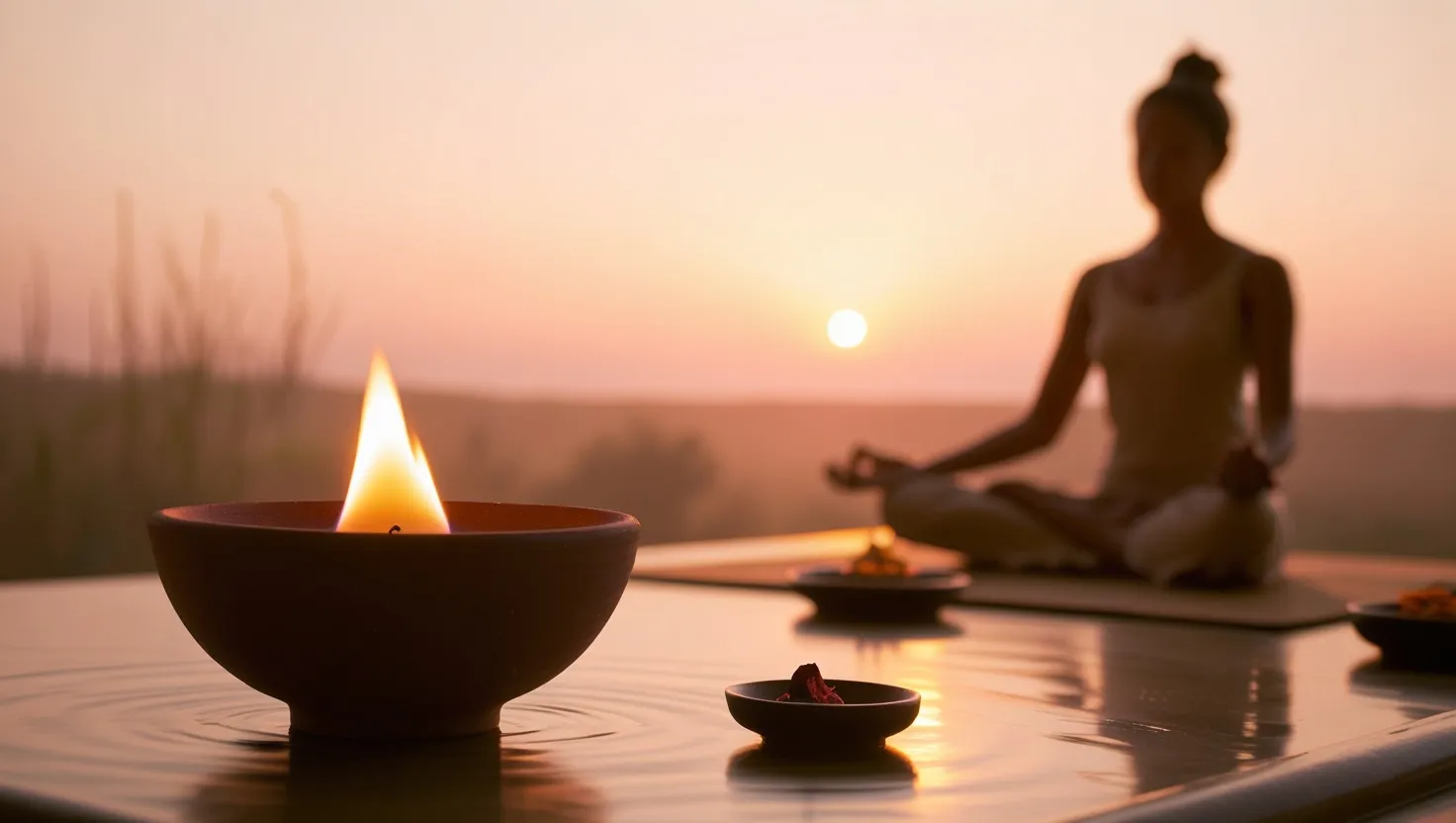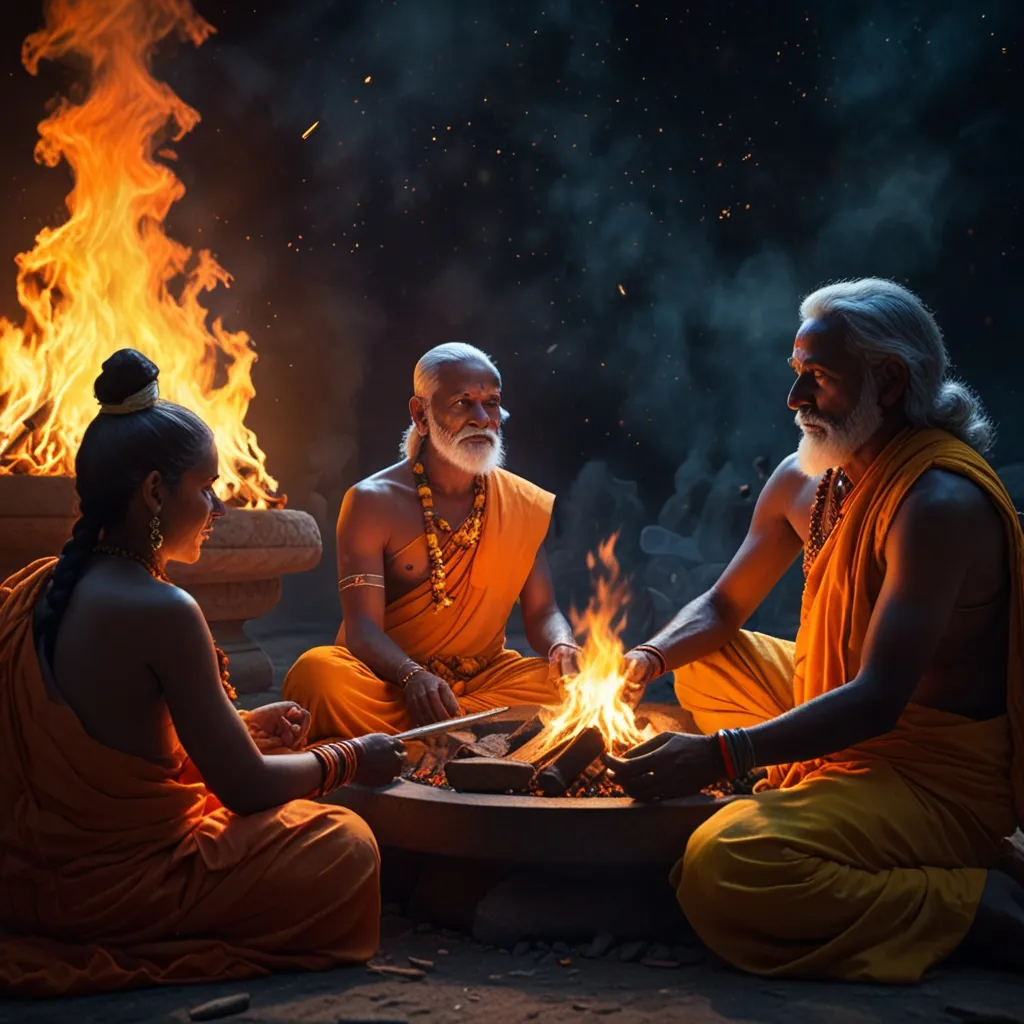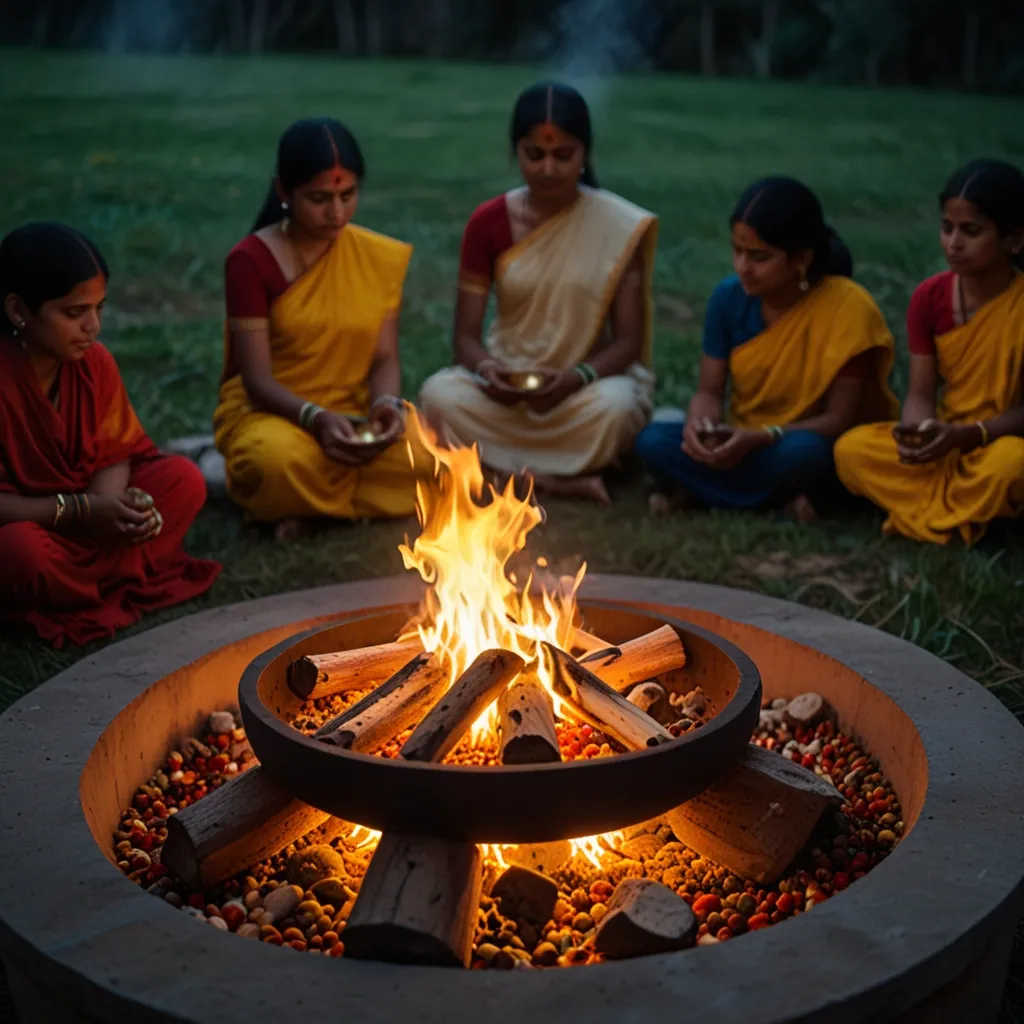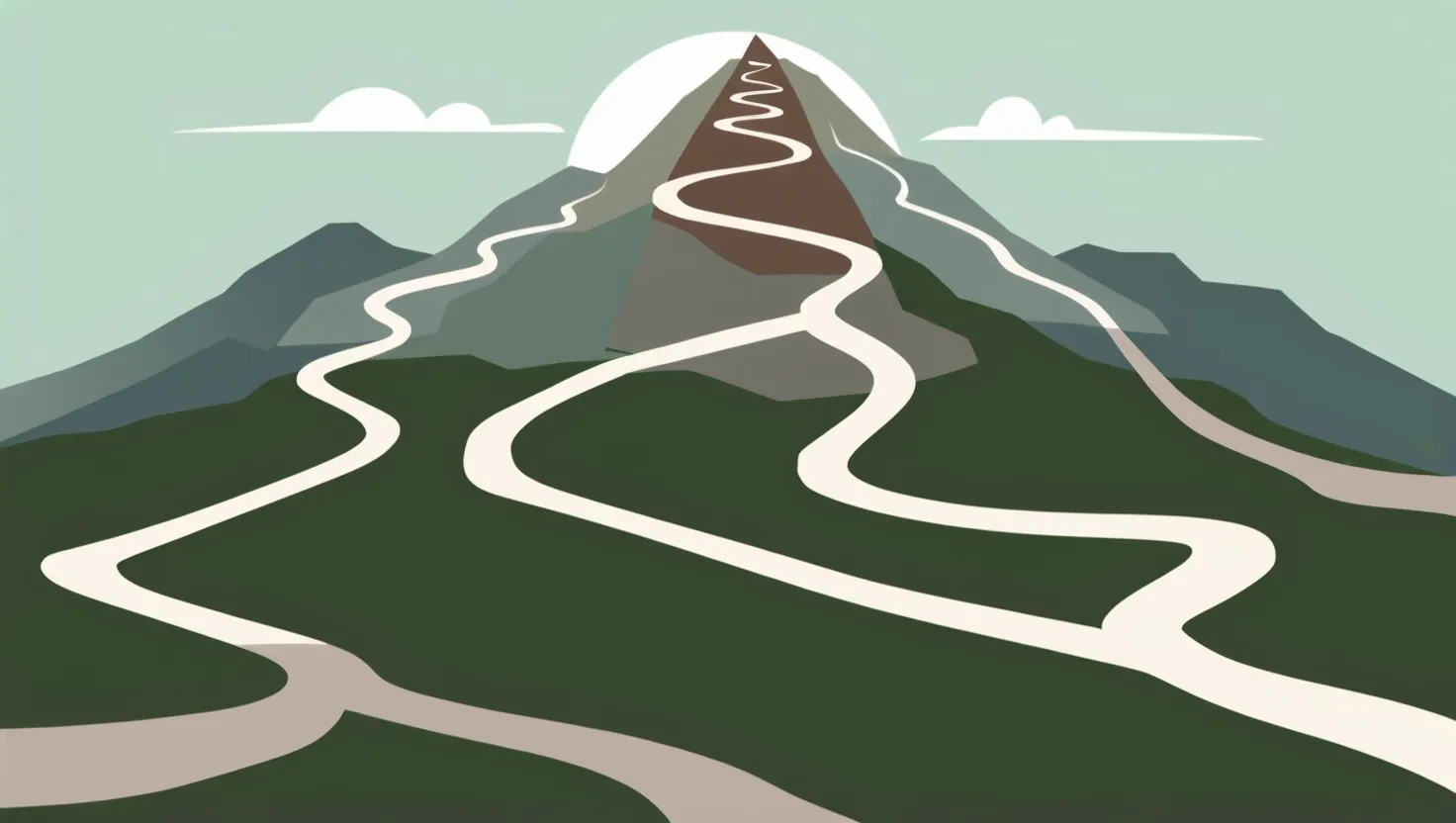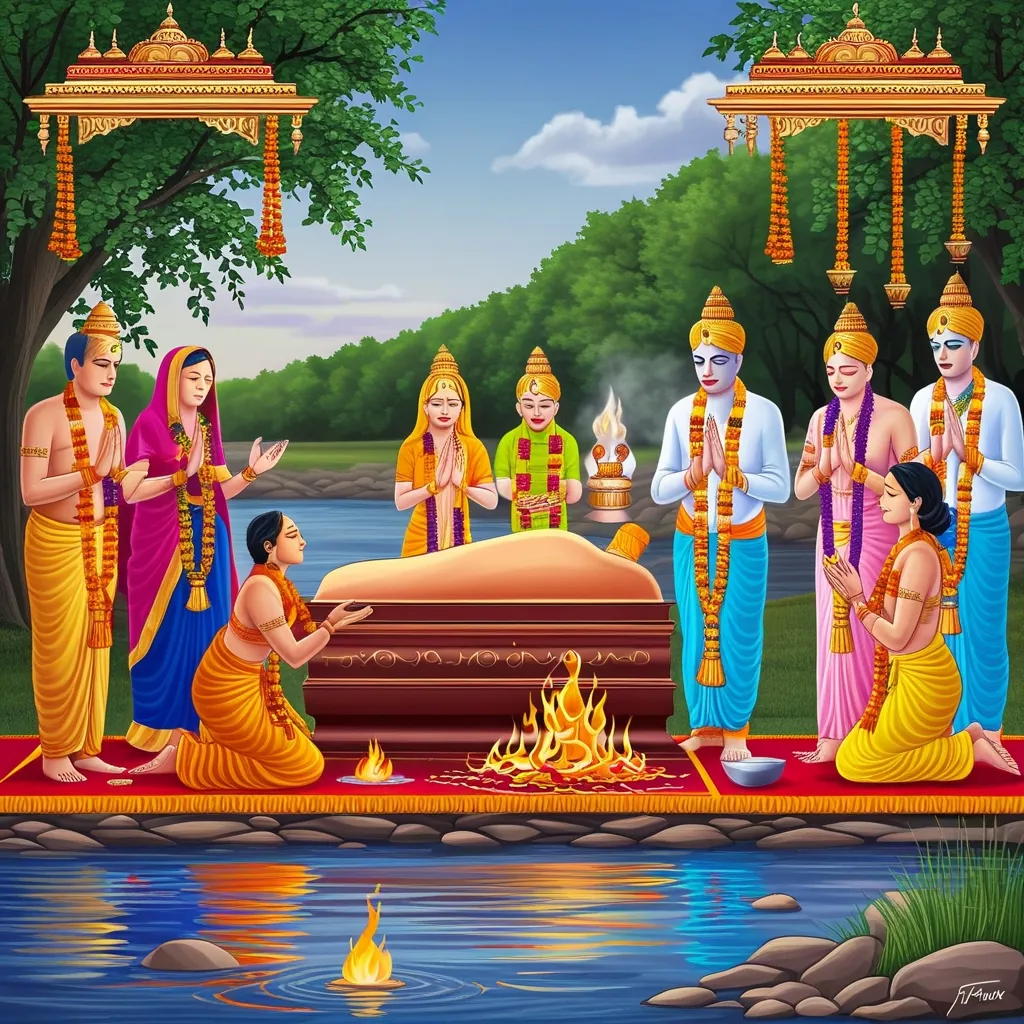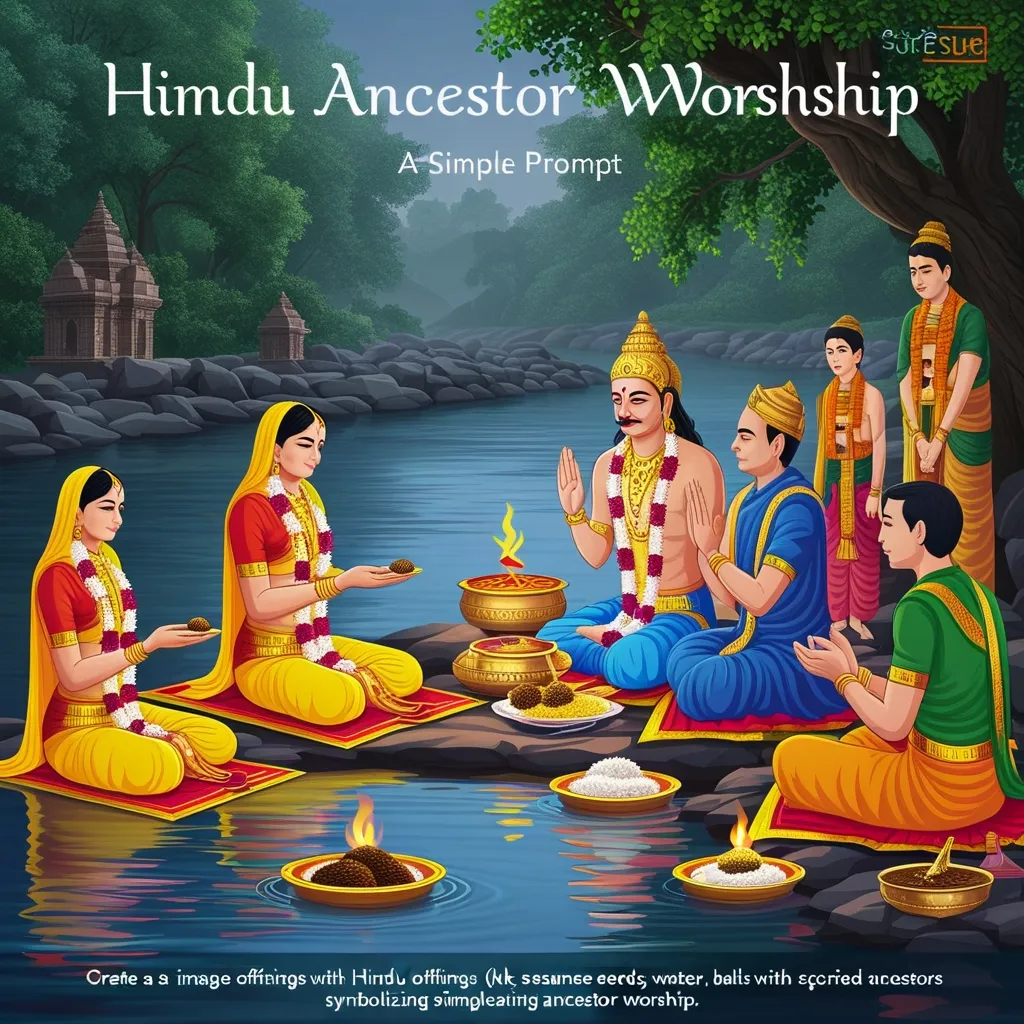Have you ever wondered why the simple act of lighting a small flame at dawn might feel calming, almost sacred, even before you attach any specific belief or ritual to it? The ancient Vedic traditions offer some clues—seven time-honored rituals that, while rooted in centuries-old fire offerings and hymns, whisper unexpectedly modern lessons about the mind and its mysteries.
In the quiet glow of sunrise or the hush before nightfall, the Agnihotra ritual stands as a bridge between cosmic events and personal rhythms. When I perform this simple offering, there’s a sense of coming home to myself. I pause, acknowledge the passing of day into night, and suddenly the anxiety or mental chatter subsides. It’s not magic; it’s the psychology of rhythm and mindfulness at work. Psychologists today tell us that having scheduled transitions—tiny ceremonies for closure or renewal—reduces anxiety and grounds us firmly in the present. Agnihotra’s value lies precisely here: not in its grandeur, but in the way it punctuates the day, creating mindful barriers against the endless stream of thought.
“Ritual is the way you carry the presence of the sacred. Ritual is the spark that must not go out.” — Christina Baldwin
Having rhythmic rituals doesn’t just soothe the mind. In the soma yajna, participants crafted offerings to the moon deity, cultivating a state of mental clarity and gentle balance. What if the moon here is less about celestial worship, and more an anchor for emotional cycles? Mood states, after all, ebb and flow like phases of the moon itself. By performing soma yajna, Vedic practitioners were intuitively regulating their inner tides—using focused intention and sensory cues to improve cognitive function and emotional balance. Isn’t this strikingly similar to what mood diaries and intention-setting practices aim for in today’s psychology?
Let’s turn to the Ashvamedha, that great horse ritual which can look opaque from a modern perspective. Read closely, though, and it’s less about animal sacrifice, more about the dramatization of inner mastery. The horse in these rites symbolizes the untamed surge of mental energy—the impulses, distractions, and subconscious drives that so often carry us off course. The careful guidance and ultimate integration of this energy echoes precisely what psychologists call “working with the shadow” or integrating the unconscious. Through symbolic drama, participants rehearsed self-mastery, courage, and the integration of buried fears. Isn’t it fascinating to realize that long before we spoke of therapy and the subconscious, ancient rituals provided frameworks for this very psychological task?
“The privilege of a lifetime is to become who you truly are.” — Carl Jung
Then there is Purushamedha, a ritual where offerings are made representing the diversity of life forms. Here, participants didn’t simply offer material things—they symbolically consecrated every aspect of existence, asking for greater wisdom and empathy. Seen through modern eyes, this practice is an embodiment exercise in ecological consciousness. Rather than worshipping from a distance, there was a deep, enacted empathy and respect: the psychological glue that binds us to other beings and the planet. Ecopsychology today champions similar rituals for healing the rifts between humans and nature. What part of your own life do you treat as “other,” and what would change if you honored it instead?
At the hinge points of the day—those in-between moments when night becomes day, or waking yields to dreams—the Sandhyavandanam ritual takes its place. Here, water offerings and recitation of specific mantras are not mere duties, but practical psychological boundaries. They help to delineate the transitions between waking, sleeping, and dreaming—states that can so easily bleed into each other, especially when stress or overstimulation muddy the mind’s clarity. You could say these rituals function as internal gates, helping reduce anxiety and grant us clarity in the liminal spaces of consciousness. How differently might we experience our own transitions—between work and rest, or online and offline time—if we marked them with small symbolic acts rather than simply rushing through?
“There is a crack in everything. That’s how the light gets in.” — Leonard Cohen
Meanwhile, the Darsha-purnamasa rituals at the new and full moons ask us to pay attention to the grander rhythms of nature that subtly steer our moods and thoughts. By aligning personal observance with these celestial cycles, participants acknowledged that consciousness, too, waxes and wanes. In today’s language, these are gentle reminders to respect our natural fluctuations—to work with, not against, the inner tides. If you’ve noticed yourself more introspective at a new moon or energized at the full, you’ve touched the same awareness these ancient ceremonies celebrated. Ritual, in this sense, is less about controlling external forces and more about granting ourselves permission to be cyclical beings.
The changing of seasons has always brought both existential anxiety and hope for renewal. Vedic seasonal ceremonies, like Vishuva at the equinoxes, were communal ways to honor these pivotal moments. Sadly, modern life often bulldozes the meaning from such transitions; we rarely celebrate or even notice the subtle shifts that once signaled a chance to begin again. By marking these moments with symbolic acts, ancient people built resilience—the psychological flexibility that comes from recognizing and ritualizing change instead of resisting it. Isn’t it curious that modern research now points to the power of intentional transitions to prevent psychological stagnation and nurture creativity?
“A ritual is the creation of sacred time and space.” — Mircea Eliade
Step back, and something profound emerges: these Vedic rituals were never mere performances. They were practical, psychological technologies, designed to harness the power of attention, intention, and social connection. Both action and sound—the fire, the mantra, the gesture—were used to work directly on the mind and body, steering mood, sharpening clarity, regulating cycles, and cultivating meaning. Body and mind, in this worldview, are not adversaries but partners; ritual acts on both to foster well-being.
You might ask yourself: Why do so many of us today feel unmoored, anxious, or numb? Could it be, in part, that our days lack the ordinary magic of ritual structure? In our rush for novelty and efficiency, have we overlooked the steadying power of small, meaningful acts?
Modern psychologists now recognize what the Vedic sages intuited: the mind is shaped less by grand gestures than by repeated, intentional practice. Rituals provide a framework for self-transformation—not as superstition or habit, but as the very architecture of well-being. Even if you light no fire, chant no mantra, what matters is setting aside moments for conscious connection, reflection, and renewal.
If you pause at sunrise with gratitude, or take a deep breath before a major decision, you participate in a lineage of ritual wisdom stretching back millennia. The methods may change, but the psychological principles endure: mindfulness, symbolic action, honoring transitions, community observance, and the affirmation of life’s interdependence.
So, how might you design your own modern rituals? What passage needs its own symbolic marker? What repeated, intentional act could bring you back to yourself—again and again?
As you move through your day, I invite you to experiment: choose a transition, however small, and mark it with a gesture, a word, or a moment of silence. Watch what happens—not just in the world outside, but in the interior landscape of your own mind. In these simple acts, ancient and new, there thrives a steady wisdom for the modern soul.
